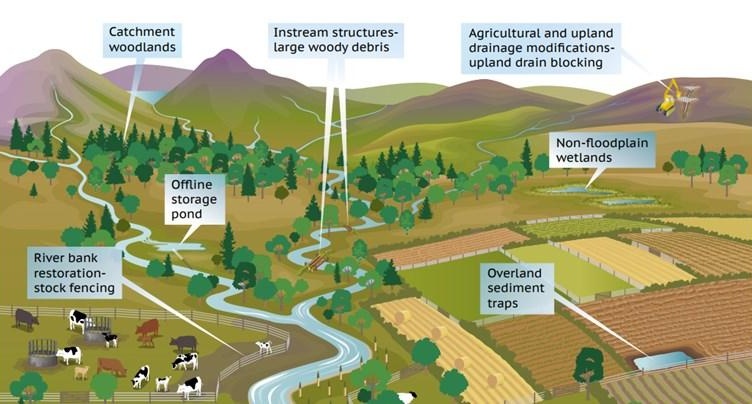An Integrated Bioregional Regenerative Food System is an interconnected web of activities, resources and people that extends across all domains involved in providing nutritious health sustaining food to communities. This includes production, processing, packaging, distribution, marketing, consumption and disposal of food in a bioregion. N.B. All these subjects are covered by the RSD Course.
We propose the redesign / re-evaluation of food production methods and food systems models for the development of Integrated Bioregional Regenerative Food Systems. This can be achieved by using an ecological approach to small–scale agriculture from a bioregional perspective while analysing and evaluating the cultural, political, and economic dynamics that influence the sustainability of food production.
Why ‘Bioregional’?
This Regenerative Food System Initiative also brings focus to the concept of a “bioregion” and, in doing so, the necessity of aligning communities and economic activities, including food provision, to their immediate environment and the ecology of where they live — their bioregion.
Sustainable agriculture and food systems should be fully linked to and be reflective of the ecology and the environmental capacity of where they occur. Therefore, food systems should be assessed and planned for at the bioregional scale. Bioregions are generally defined as areas that share similar topography, plant and animal life, watersheds, and human culture.
However, bioregions are not just geographical or political areas delineated by lines on a map, they are conceptual as well. Bioregionalism adheres to the holistic notion that human settlement and land use patterns must be viewed as integral, functional components of ecosystems rather than as separate, unrelated entities. For example, consideration of traditional hunting and gathering areas are necessary to delineate boundaries that are meaningful to a bioregion’s inhabitants.
The Purpose of a Regenerative Food System
A regenerative food system should provide the kinds of wholesome, nutritious foods we need and want. It should also buffer us from the uncertainties of global economics and climate change, better position us to address critical environmental issues, and contribute substantially to our local economies. Informed decision making leading to policy development and implementation is key. But to make good decisions we require information.

